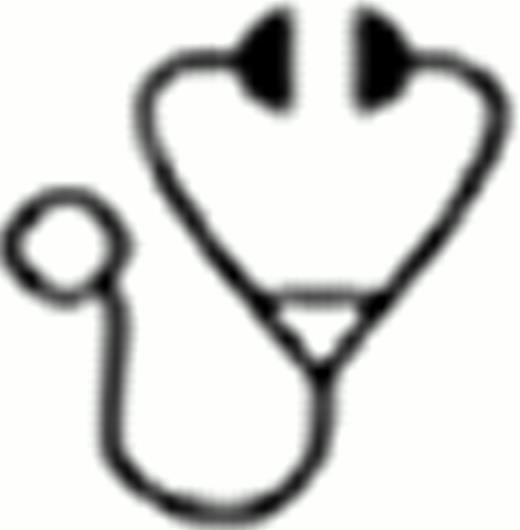Abstract
Comparable survival after 8/8-matched unrelated donor (URD) transplantation with HLA-matched siblings (MSD) has been reported in AML from a few multicenter studies. However, the role of 8/8-matched URD in acute myeloid leukemia (AML) with first complete remission (CR1) is uncertain because they applied various methods for HLA typing, such as low or intermediate resolution or partly high resolution (HR) typing, and/or included various disease status at transplantation. Additionally, there have been few studies comparing the clinical outcomes of 7/8-matched URD with current standard donors, such as MSD or 8/8-matched URD, particularly in AML, as a single disease.
According to the risk-adapted treatment strategy, AML CR1 with intermediate or adverse cytogenetics received allogenetic transplantation as a post-remission treatment, if MSD or 8/8-matched URD was available. Patients with no available donor received 7/8-matched URD or autologous transplantation (only intermediate cytogenetics). Among 567 consecutive adult patients with AML who underwent transplantation between January 2002 and December 2009, in order to investigate the role of URD type in AML CR1, we assessed the transplantation outcomes of 8/8-matched URD (n=59) or 7/8-matched URD (n=36) classified by HR HLA typing, compared to MSD (n=165). Only intermediate or adverse cytogenetics was included, and we defined high-risk group as having one of the poor risk features, including adverse cytogenetics, hyperleukocytosis at diagnosis (over 100×109/L), older age over 60 years, or AML with myelodysplasia-related changes.
In all, multivariate analyses showed that 8/8-matched URD had comparable 5-year disease-free survival (DFS; HR, 0.94; P=0.803), relapse (HR, 1.03; P=0.935), and non-relapse mortality (NRM; HR, 0.62; P=0.294) to MSD, while 7/8-matched URD had higher relapse (HR, 1.95; P=0.034) and a lower trend for DFS (HR, 1.47; P=0.154) than MSD without the difference in NRM (HR, 0.61; P=0.390). The equivalent outcomes of 8/8-matched URD were consistent irrespective of risk groups (high or standard). Particularly, only in standard-risk group, 7/8-matched URD (n=18) failed to show any benefit compared to concurrently performed autologous transplantation (n=67), contrasting to the superior survival of 8/8-matched URD (n=32) as well as MSD (n=108).
In conclusion, the equivalent outcomes between MSD and 8/8-matched URD, irrespective of risk-group in AML CR1, suggest that 8/8-matched URD is useful for standard-risk as well as high-risk group of AML CR1, when lacking of MSD. On the other hand, the inferior outcome of 7/8-matched URD raise the necessity of trials comparing with other alternative graft sources, such as umbilical cord bloods or haploidentical family donors, particularly in AML with high-risk group.
No relevant conflicts of interest to declare.

This icon denotes a clinically relevant abstract
Author notes
Asterisk with author names denotes non-ASH members.


This feature is available to Subscribers Only
Sign In or Create an Account Close Modal